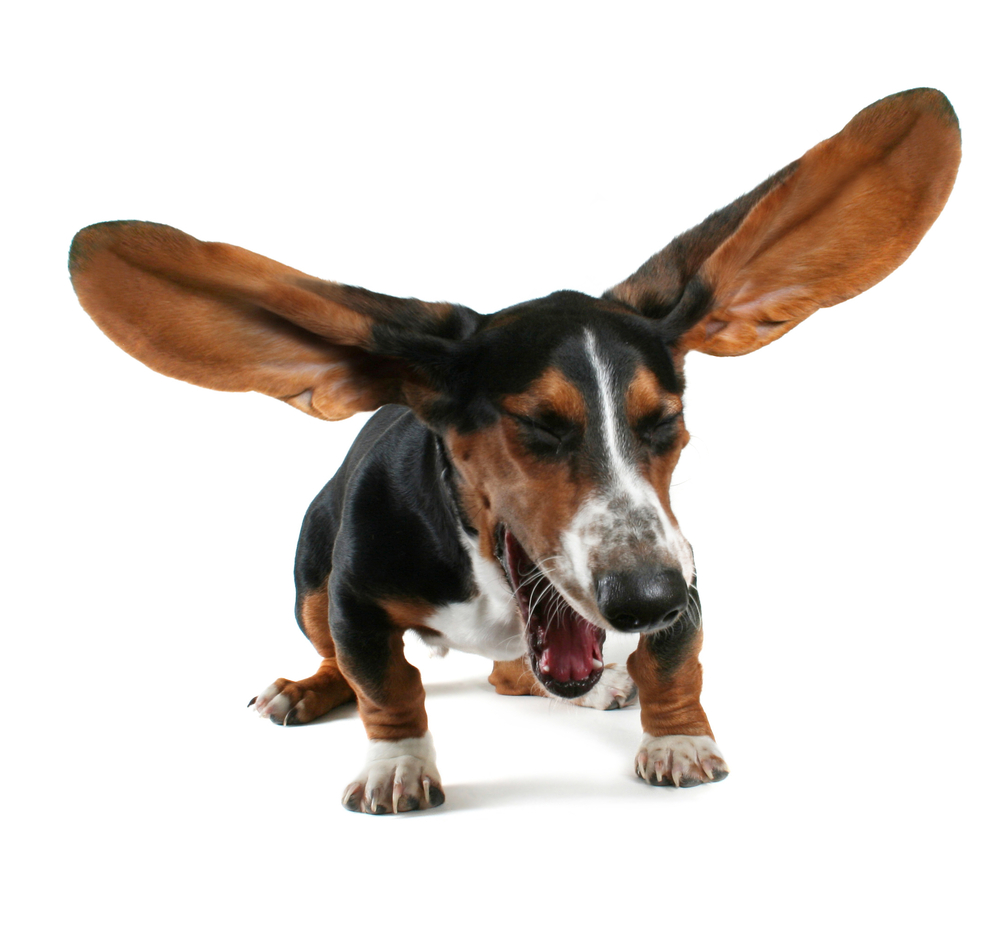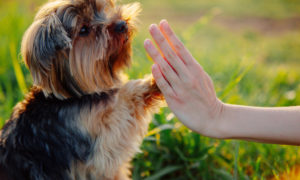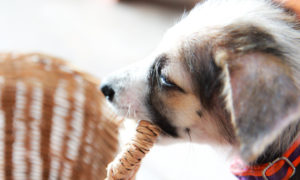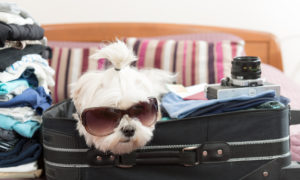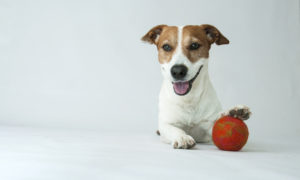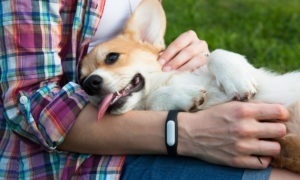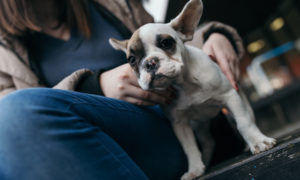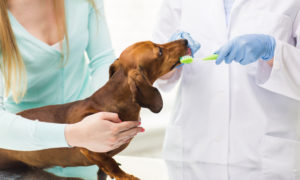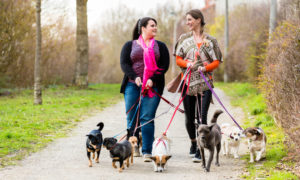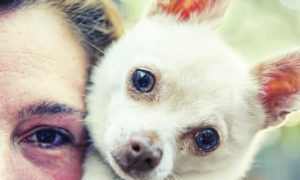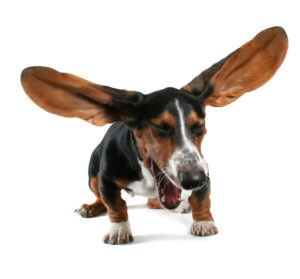 Ever heard your pooch exhibit sudden snorting, honking, and gasping noises, and feel helpless as you watch him seem to struggle to breathe? Small dogs commonly demonstrate this behavior and some breeds are generally predisposed to it like the Beagles and the Yorkies, sending many distraught owners to their vets in panic. But fret not as what you saw is most likely a condition quite common in dogs known as reverse sneezing which actually has nothing to do with sneezing at all. It is in fact a kind of spasm triggered by an irritation in your dog’s soft palate or the soft fleshy tissue at the roof of his mouth.
Ever heard your pooch exhibit sudden snorting, honking, and gasping noises, and feel helpless as you watch him seem to struggle to breathe? Small dogs commonly demonstrate this behavior and some breeds are generally predisposed to it like the Beagles and the Yorkies, sending many distraught owners to their vets in panic. But fret not as what you saw is most likely a condition quite common in dogs known as reverse sneezing which actually has nothing to do with sneezing at all. It is in fact a kind of spasm triggered by an irritation in your dog’s soft palate or the soft fleshy tissue at the roof of his mouth.
Common Triggers
Reverse sneezing usually happens to flat-faced (or brachycephalic) pets like Boxers and Pugs that naturally have elongated soft palates. The most commonly identified cause of reverse sneezing in dogs is irritation of their soft palate and/or throat, resulting in a spasm. This reaction is noticeable when the pooch’s neck “stretches outward” and his chest expands as he tries harder to inhale. During this time, Fido’s trachea narrows, making it hard for him to get the needed amount of air into his lungs.
Note that anything that can irritate your little furball’s soft palate and/or throat (like foreign bodies caught in his throat, perfumes, household chemicals, viruses, pollen, allergies, and post-natal drip) can result in spasm. But other things can trigger it as well including excitement, eating or drinking, exercise intolerance, pulling on a leash, and mites.
How to Stop it
- If your pooch appears to be having a reverse sneezing fit, you can try to stop the spasm by gently massaging Fido’s throat with your fingertips, lightly stroking from his chin downward.
- If this doesn’t work, you can try to quickly pinch your dog’s nostrils closed instead, allowing him to swallow and help “clear out the irritation”. Other methods commonly used to stop the fit is by opening your furry friend’s mouth and then gently pulling on his tongue or giving him a treat or drink of water.
- While some dogs have these recurring episodes their entire lives, some dogs, however, only develop the condition as they age. In most pooches though, the spasm is often just occasional and is considered just as a temporary problem that goes away on its own, not requiring any form of treatment.
- If your dog’s spasms become frequent and severe, try contacting your vet for prescriptions to control these reverse sneezing fits.
- If Fido shows any other symptoms like loss of appetite, lethargy, bloody nose or breathing problems, always consult your vet immediately. Keep in mind that there may actually be other problems that triggered the irritation like nasal mites, tumors, kennel cough or other respiratory tract infection, or even a collapsing trachea.
- Sometimes, treating the allergy is all that’s required to lessen the reverse sneezing incidence, but of course, you will never know for sure unless you get your vet examine your pooch.

